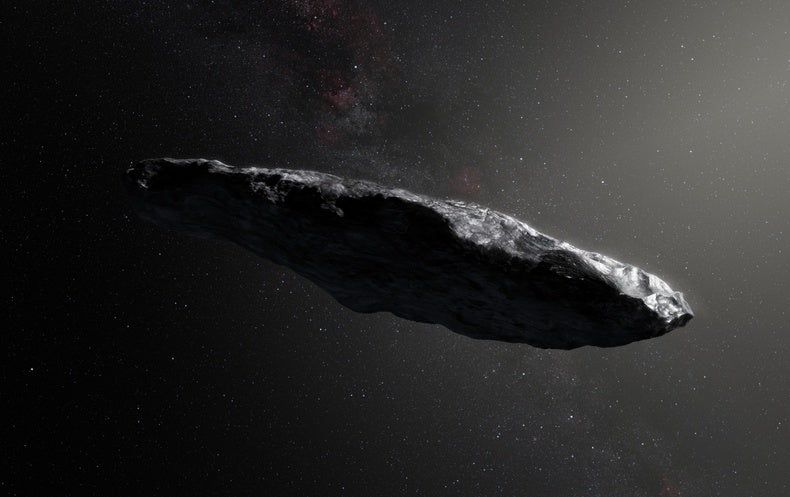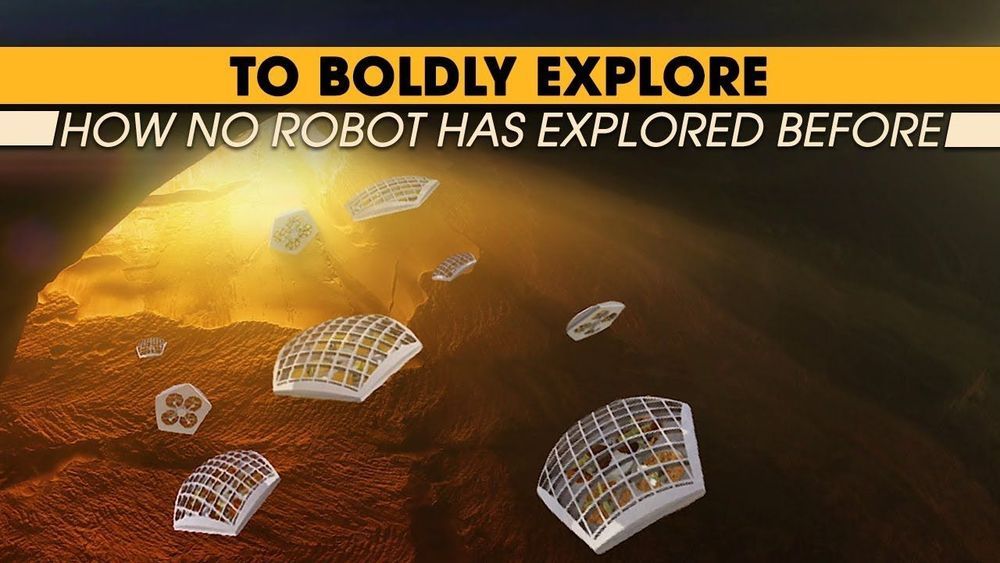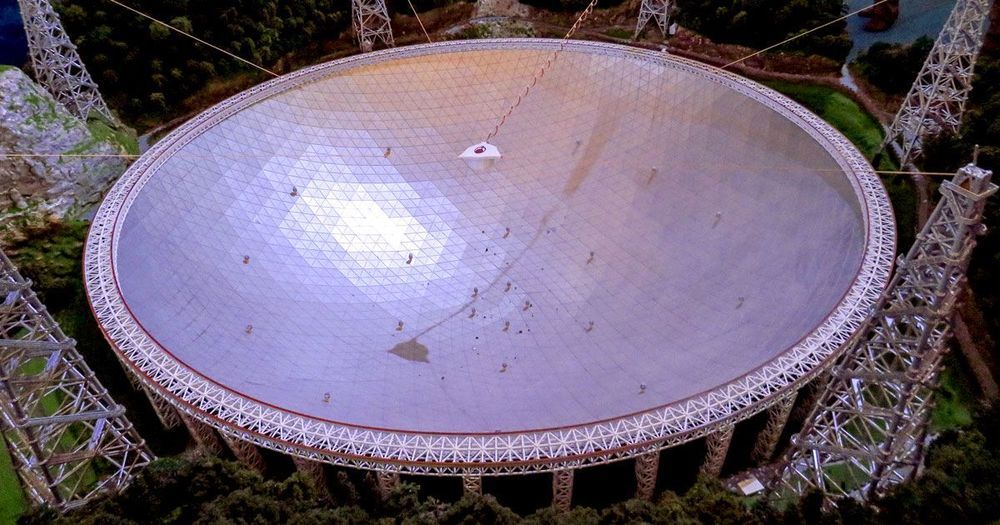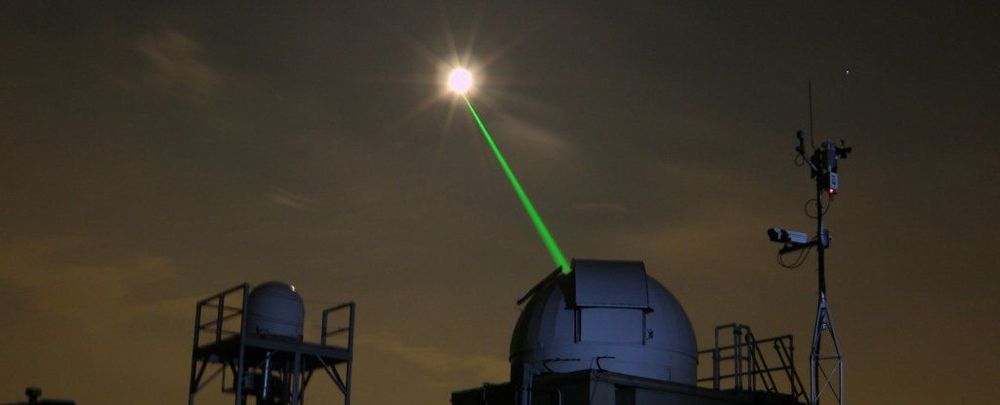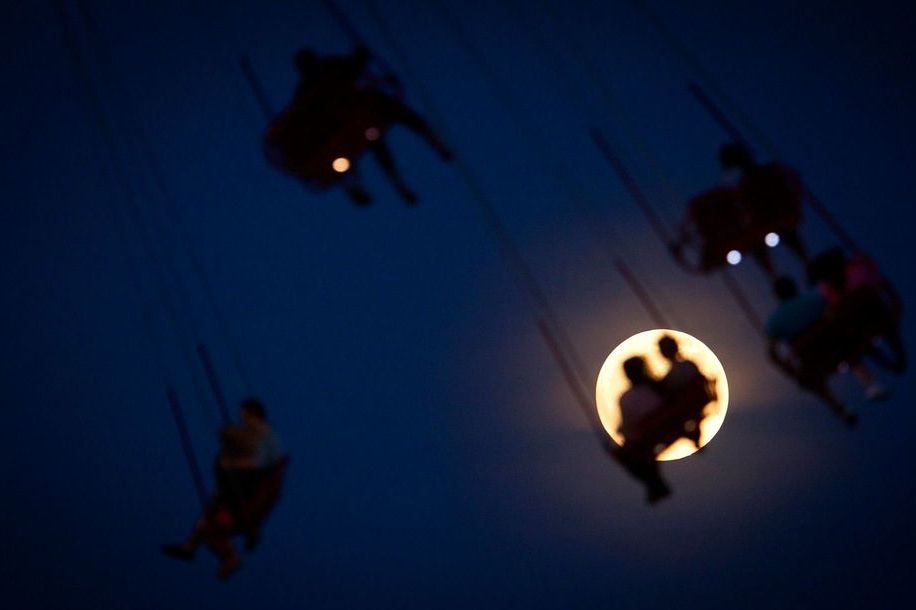
Tonight—just like every night—the pursuit of E.T. perseveres in Hat Creek, California.
There, in the midst of the Cascade Mountains, the faint buzz of the Allen Telescope Array hums on a secluded and scrubby field where jackrabbits wander and rattlesnakes roam.
Since 2007, the array’s 42 radio dishes have scanned the skies for signals from alien civilizations. Detecting one is the longest of long shots. So far, nothing suggesting an extraterrestrial intelligence has been found. Here at Hat Creek, a close encounter with a bear seems more likely.
